It’s human nature to always be curious about the unknown, especially when it involves another species different from us. But what if what we thought to be true might not be as far off as we think? Two different surveys studying millions of stars have exposed spikes in infrared heat radiating from them in growing numbers indicating we may not be alone.
This “evidence” could be the exact thing that Astronomers have been waiting for. Astronomers believe that the energy harvested from the stars could be sustaining whole civilizations. The concept of the Dyson sphere is a theoretical that channels star energy to produce solar output and may be the explanation here but they have yet to rule out other alternatives.
Breaking Down the Study
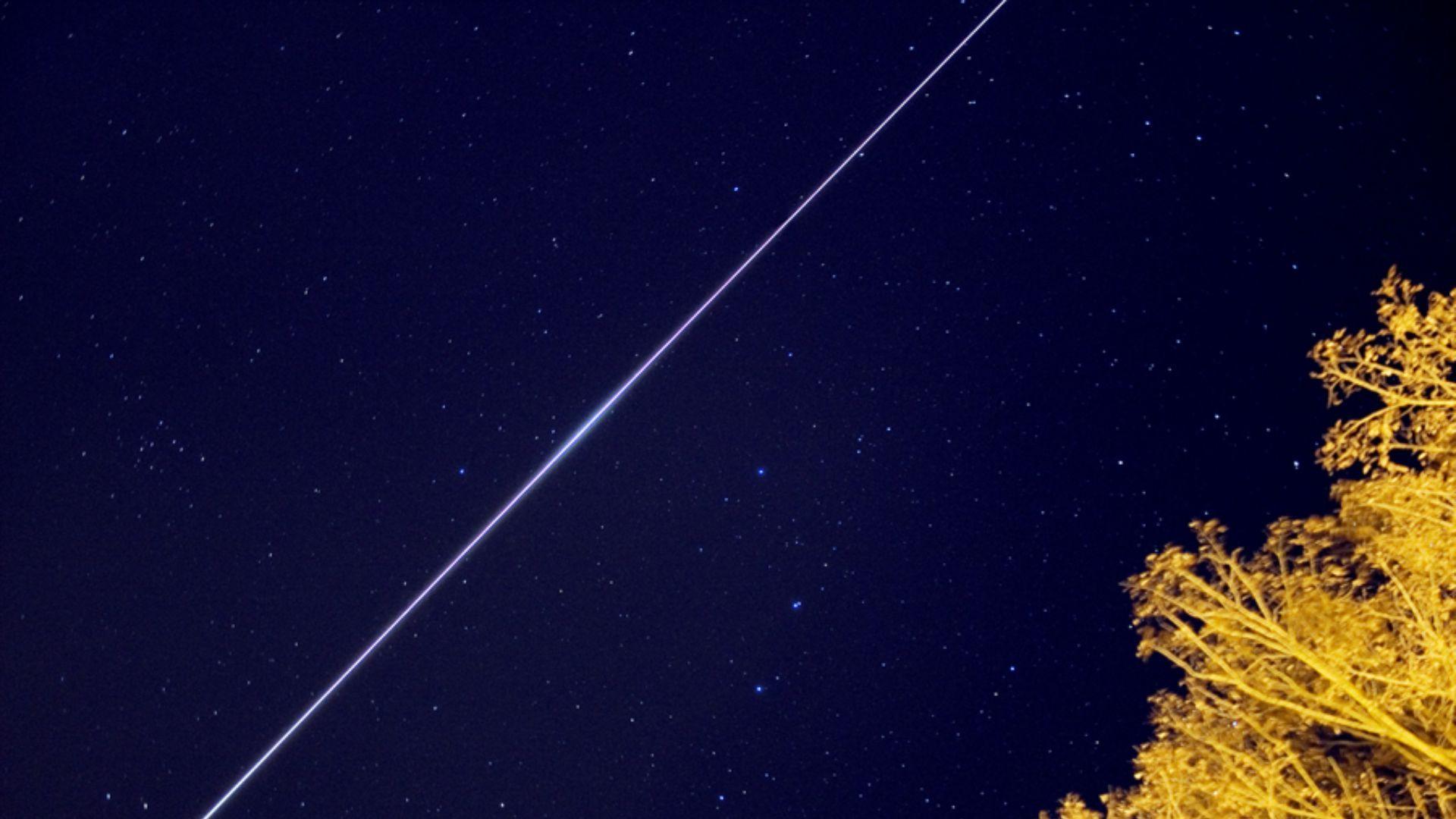
The studies that were recently analyzed utilized satellites that focus on star-gazing and they rule out false positives or natural and accepted reasons that can arise when studying the possibility of foreign civilizations. Both studies showed observations with excessive radiation which correlates to what experts speculate regarding Dyson spheres. Because of this discovery, it cannot be explained away as normal.
Humans have always been fascinated by new life forms and planets that could potentially mimic life on Earth and this may now open the gateway to understanding who or what else is out there exactly.
A Gate-Way to the Unknown

Looking for stars that possess Sun-like features could be the key to uncovering alien signals, but only time will tell. Either way this discovery is a great start and brings researchers one step closer. As the famous Armstrong saying goes, “That’s one small step for man, one giant leap for mankind.”
For the past 60-plus years the idea of the Dyson Sphere was something astronomers not only toyed with but fantasized about and now it may be much realer than they thought.
Dyson Sphere Breakthrough
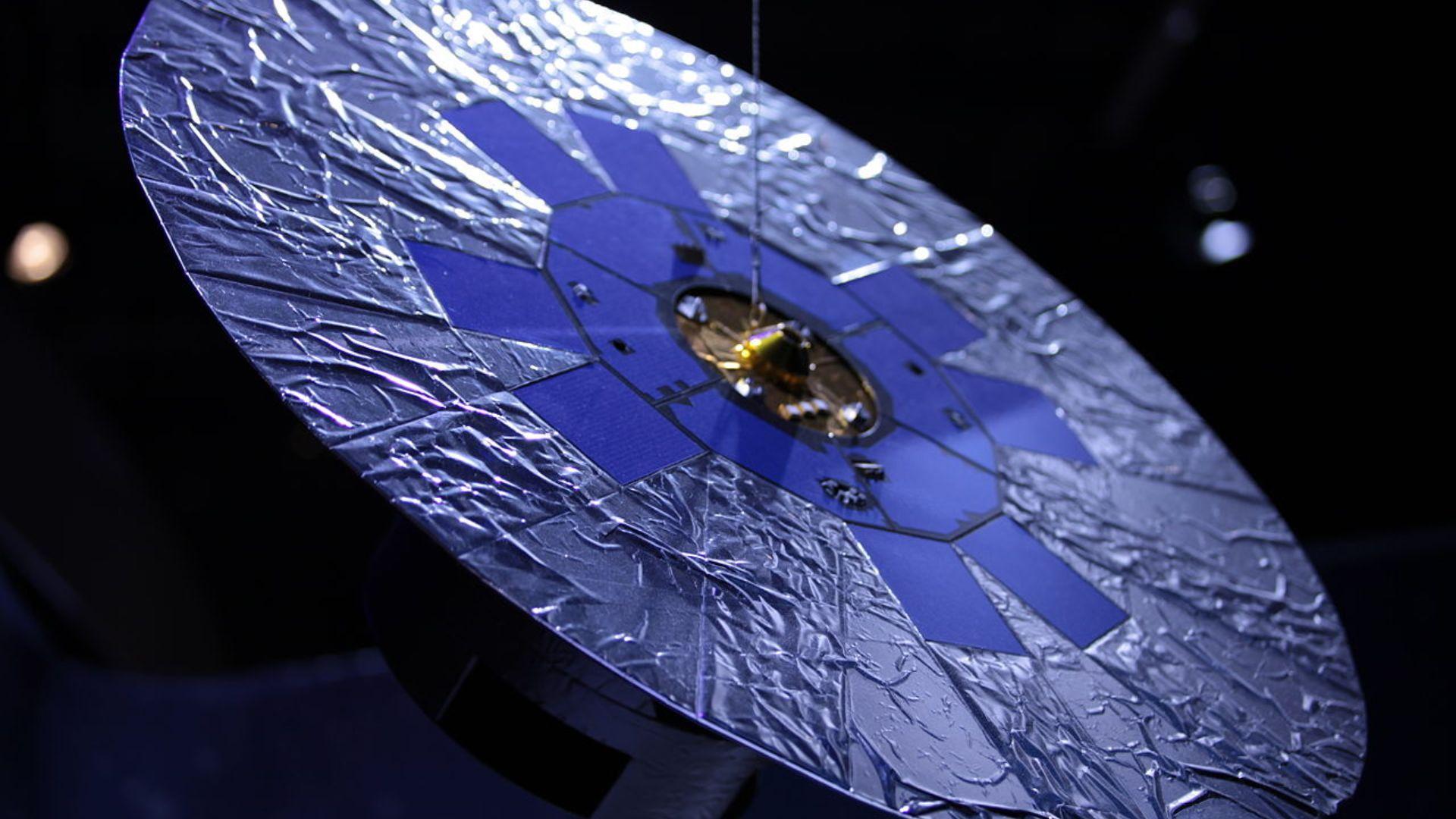
The success in finding such a star that is reminiscent of Earth’s Sun as observed by various projects like Gaia satellite, the Two Micron All Sky Survey (2MASS), and was said to be rarer than anything you can think of, including finding a needle lost in a haystack, but these new advancements may be the exact thing to challenge this.
The discovery of infrared heat radiating from the stars gives us hope that we are heading in the right direction. According to a comprehensive paper written in Sweden by Uppsala University, dealing with Project Hephaistos, the discovery of alien life using astroengineering signations using both optical and infrared data from satellites is not only feasible but they already have a theory regarding the methodology.
Is it Practical?
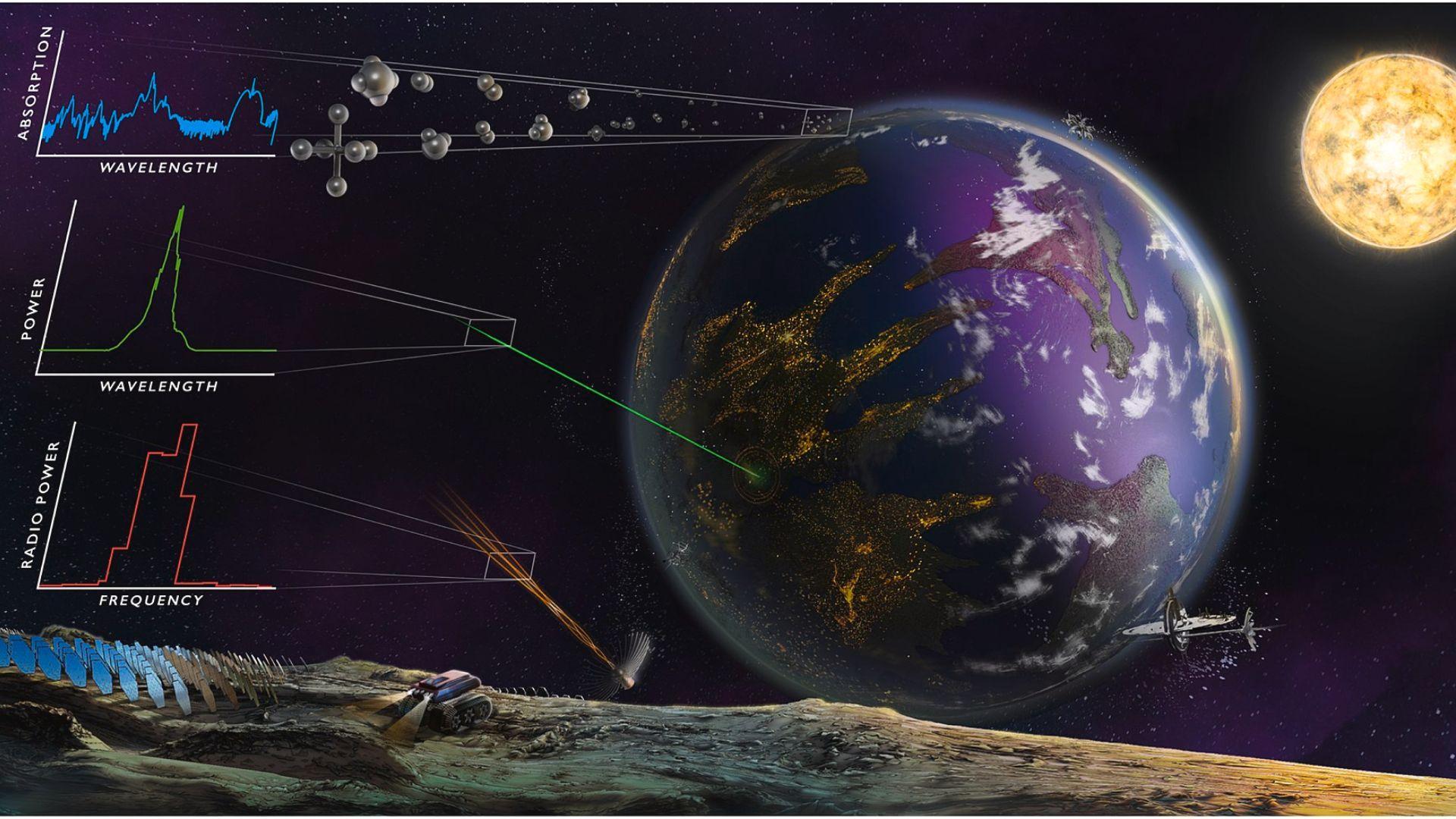
Putting the theories presented by Uppsala University, into practice will result in identifying Dyson Spheres by determining their techno-signatures. Sounds expensive? Probably because it is.
Not only would this be a monumental study but it would be incredibly time-consuming. In addition to is a great risk because you’re not even guaranteed positive and meaningful results to justify the resources and cost.
“Star-Studded” Accuracy or Bust
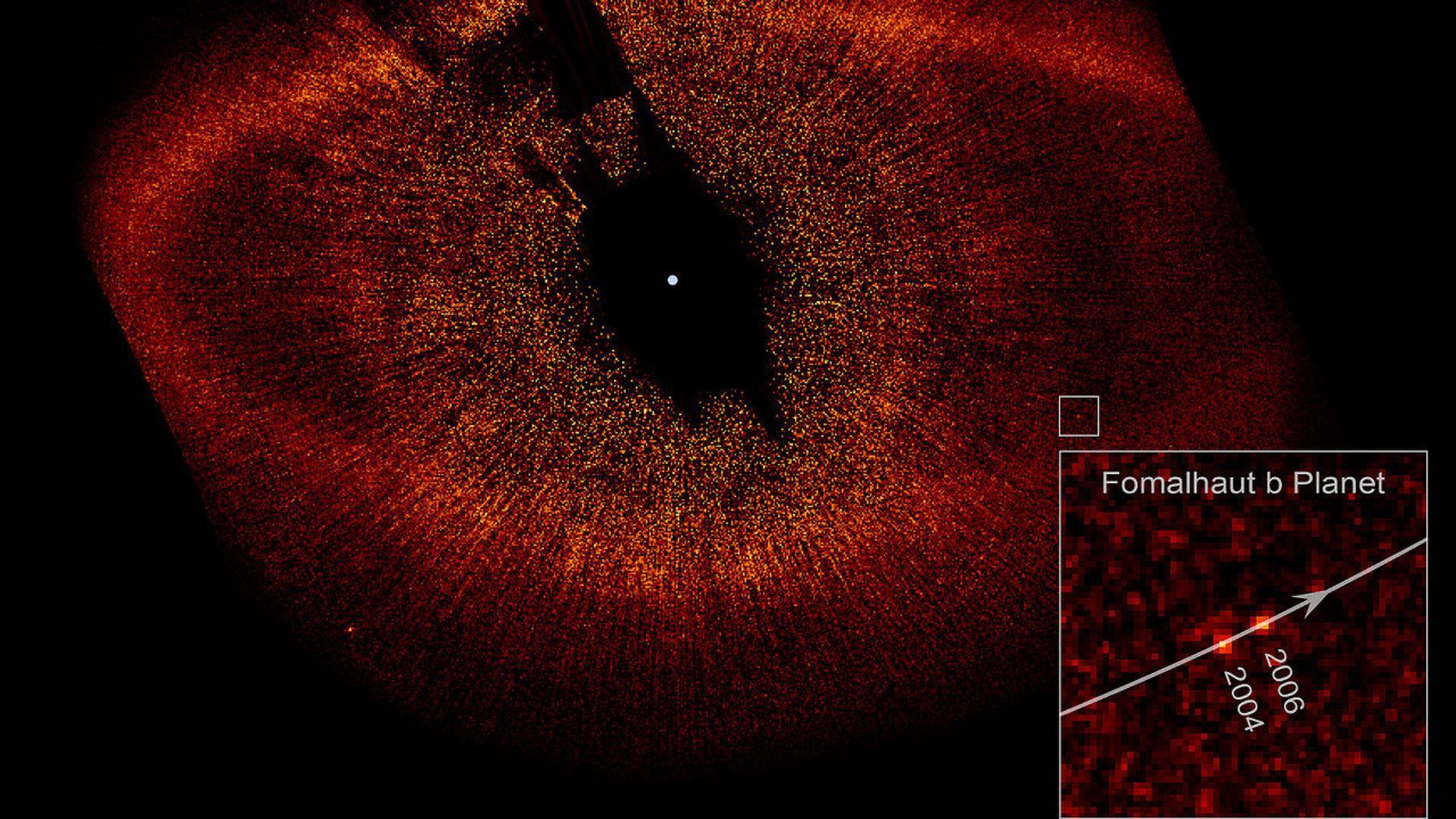
An Italian study revealed that 53 stars additionally had mid to excessive infrared signatures but in both instances, it could be explained away as Extreme Debris Disks caused by planet collision. Thus the proof that aliens are among the galaxy because of such studies needs to be taken with a grain of salt.
However, such cosmic phenomena and explanations sound great and exciting they are theoretical. This is not to say that they can’t be true, but that the practical reasoning that can justify them needs to be explained away before we can jump to more innovative and unconventional theories.
The Faces Behind the Studies
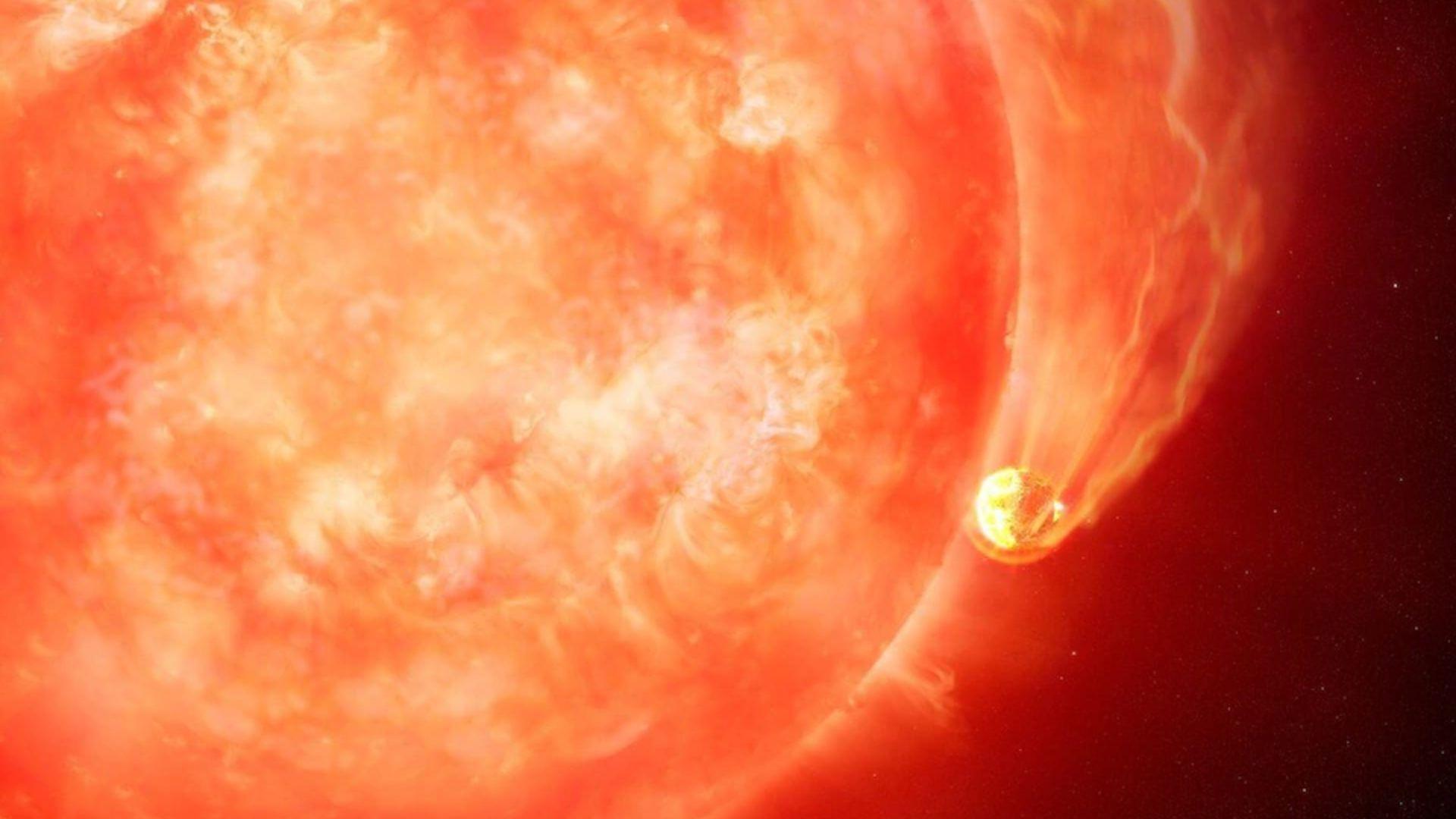
Matías Suazo and Gaby Contardo are two astronomers from Uppsala University who are leading the study behind the stars and their infrared heat spikes. They have been tirelessly working to analyze the data compiled as accurately as possible.
Although they are working towards the same goals their respective teams had wildly different discoveries. Perhaps putting them together will paint a fuller picture.
Suazo’s Team Finds Abnormalities

When examining the results that Suazo’s team conducted a number of abnormalities arise. The data showcases several peculiar signals when reviewing 7 red dwarfs located within close proximity to earth.
The closest red dwarf that we know of to Earth is “Proxima Centauri” which is 4.2 light years from our planet. Having additional red dwarfs near Earth that we know of and studying their signals could be the break we have been waiting for in the astronomy world. This could give us insight into determining exactly who or what our neighbors may be.
Contardo’s Star Team Findings

Meanwhile, Contardo’s team conducted their research successfully pinpointing 53 stars that are candidates with a number of them having sun-like potential about 6500 light-years away.
The potential of Sun-like stars as of current are about 10% so finding so many of them would be a serious breakthrough in determining the potential of life beyond Earth. There are about 200 billion or so stars that we know of in the galaxy, so like of what 10% is in comparison to that, it doesn’t come close.
What the Skeptics Say
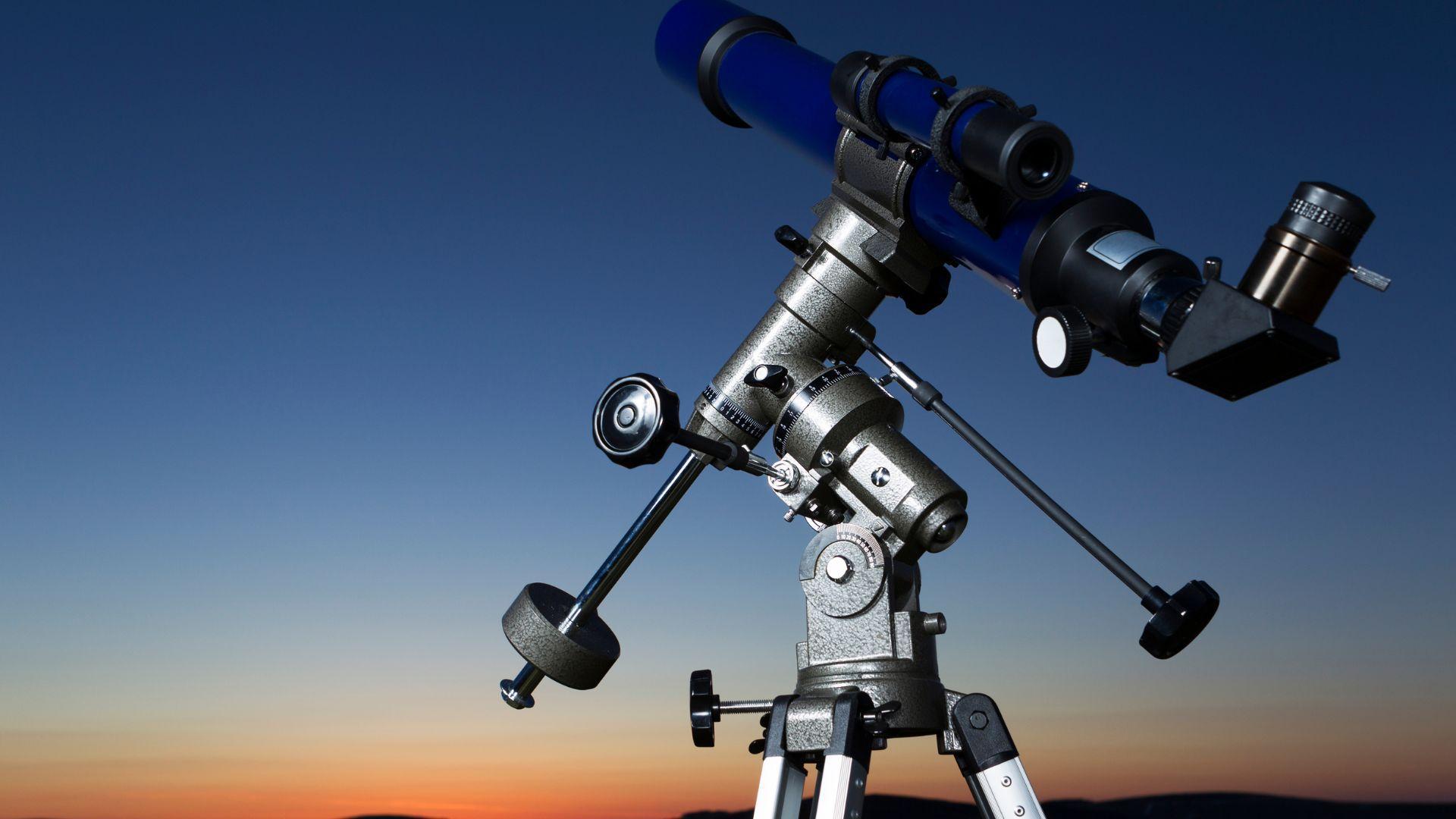
Many researchers and astronomers say that these findings could have more logical explanations than alien civilizations. Such infrared signals discovered could indeed be from natural processes and occurrences that are easily explainable and more likely than foreign entities.
However crazy as it may be, it might just be the thing we least expect and hope it to be. Only time will tell and such studies and breakthroughs bring us one step closer to the truth.

